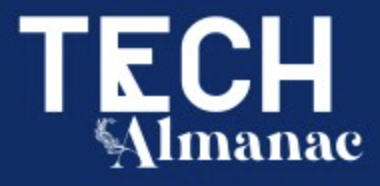The Limits of Growth is a 1972 book commissioned by the Club of Rome and authored by Donella H. Meadows, Dennis L. Meadows, Jørgen Randers, and William W. Behrens III. The book explores the consequences of a rapidly growing global population and the unprecedented expansion of resource consumption, with focus on the potential pitfalls of unbridled economic growth.
The main thesis of the book is based on a computer model called ‘World3,’ which simulates the interactions of various global systems, including population, industrial production, food production, pollution, and depletion of non-renewable natural resources. The authors present different possible scenarios for the world’s future, focusing primarily on how unchecked growth in various sectors could lead to the collapse of social, economic, and environmental systems.
The Limits of Growth presents several key conclusions:
1. If the world continues on its current trajectory of uncontrolled growth, there will be significant shortages in essential resources like food, water, and energy, leading to a severe decline in living conditions and a collapse of global systems by the mid-21st century.
2. If society takes action to limit exponential growth and establish stable patterns of production, consumption, and resource management, it is possible to prevent a catastrophic collapse and achieve a much more sustainable and equitable world.
3. The book highlights the need for a fundamental shift in human values, priorities, and policies to ensure the long-term survival and prosperity of the planet and its inhabitants. This involves moving away from an obsession with material wealth and resource-intensive societies towards better stewardship of the environment, more equitable distribution of wealth, and a focus on quality of life over endless expansion.
Over the years, The Limits of Growth has been subject to varying degrees of criticism and praise. Its controversial findings have sparked ongoing debates about the viability of constant growth as a fundamental tenet of modern societies. Although some of the book’s predictions have not materialized within the original timeframes suggested, The Limits of Growth remains a seminal work in environmental literature, generating interest and discussion around the need for sustainable development and resource management.
